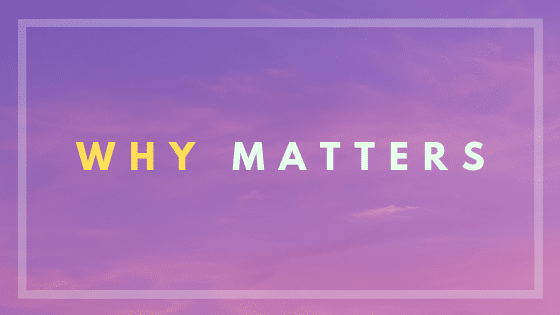Building Customer Loyalty with Customer Insights
The inspiration for a post about building customer loyalty comes from an AdWeek infographic built on research done by Buzzfeed and Wavemaker. For the benefit of those without paywall access, I will summarize a few key take-aways:
First, loyalty varies by product/service category. For example, consumers are much more likely to stick to one brand of tech products (34%) or automobiles (29%), than food (14%) or fashion (14%). Intuitively, this makes sense: it’s easier to conceive of an all-Apple electronics household than one that only wears Ralph Lauren clothes. That takes me to the second key point:
In most categories, even those mentioned above, consumers are more likely to have a small consideration set of a few brands than complete loyalty or disloyalty. Only 4% of shoppers consider only one brand in the average purchase. However, the majority (72%) only pick from between two and four brands. People are busy, and mounting an exhaustive search for the best cell phone case or Pinot Grigio is generally not a good use of their time. So getting into and staying in that consideration set are vital.
Finally, customers say factors like value (30%), quality (24%), and delivering on promises (22%) are their top loyalty drivers. The latter of these is relatively easy to operationalize and measure. For example: on-time order fulfillment, low return rate, etc. But getting at concepts like value and quality can be a more challenging task. But designing research and responding to the learnings is achievable.
customer Insights Tools
Existing Customer Data
Depending on how you sell, it’s likely you have some information about the end user, such as their purchase history, items they buy together, spend per order, lifetime spend, etc. You may also have some contact information that can be used to conduct…
Custom Research
A brand tracking survey can be a great way to get at what your customers (or other consumers) think of your product, service, or brand. That can include questions about attributes like quality, value, etc. It can also be a valuable tool in figuring out where you sit among your competitors. There are multiple platforms like SurveyMonkey, Qualtrics and others that are good for this purpose at a low cost. Your existing customer info can be used, or a panel of respondents can be created (usually for a fee). The platforms themselves are generally intuitive to use, but having an experienced questionnaire design pro can help you get the most out of the limited chance you have to interact with your audience in this way.
Using data for Building Customer Loyalty
A key factor in the research is what to do with it. If the research was designed correctly, it will provide answers to questions like:
- What are our perceived strengths and weaknesses in key areas, and what’s factors are driving those perceptions?
- Who are our most valuable customers currently? How do we find similar ones and convert them into high-loyalty customers?
- Are there factors building customer loyalty to other brands in the category we’re overlooking?
Some of the solutions these suggest will be straightforward (fix X, incentivize sales reps to do Y). Others will require more creative solutions that can impact marketing, public relations, loyalty programs and other areas. Let’s talk, and we can put some of these high level solutions in place, to build loyalty, and grow sales.



0 Comments